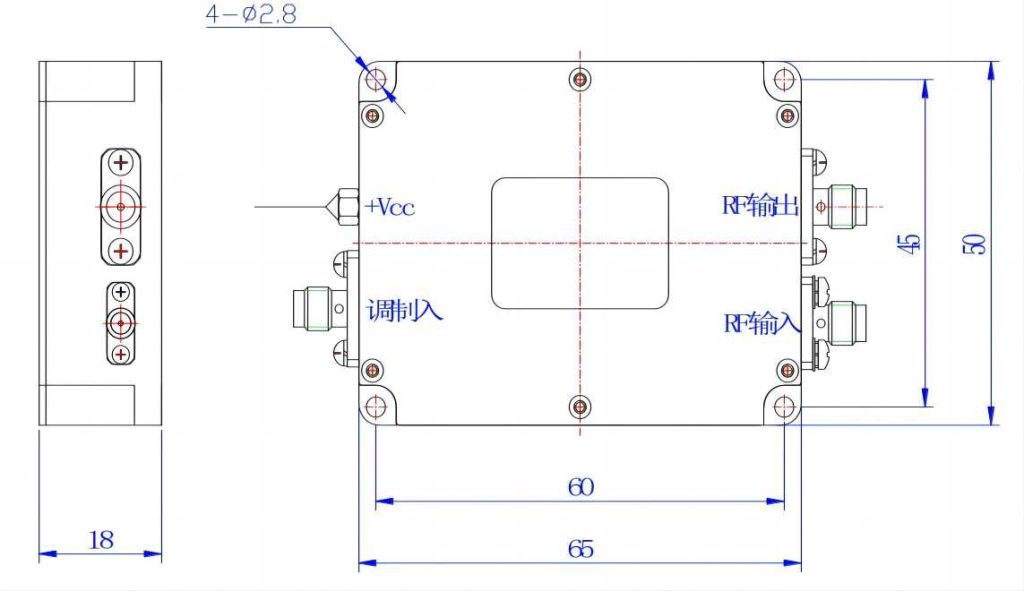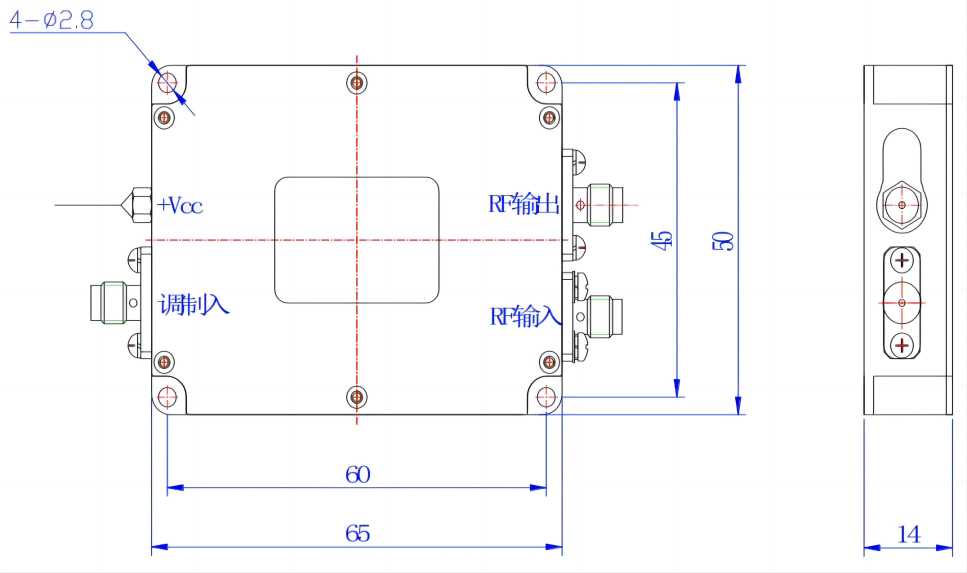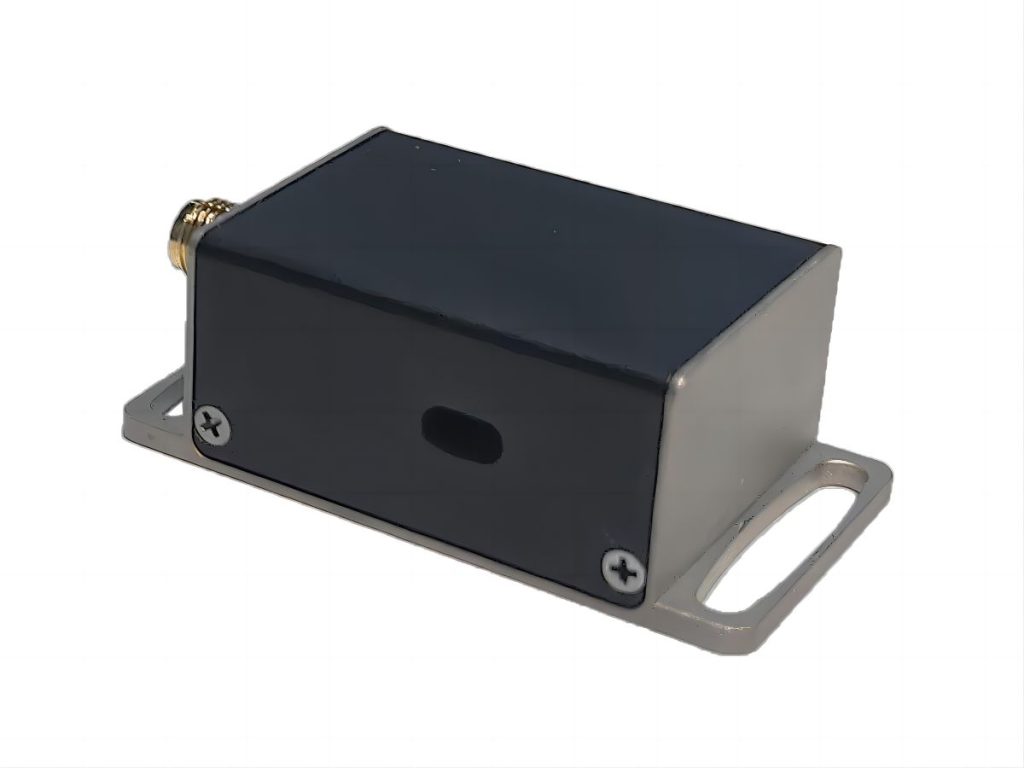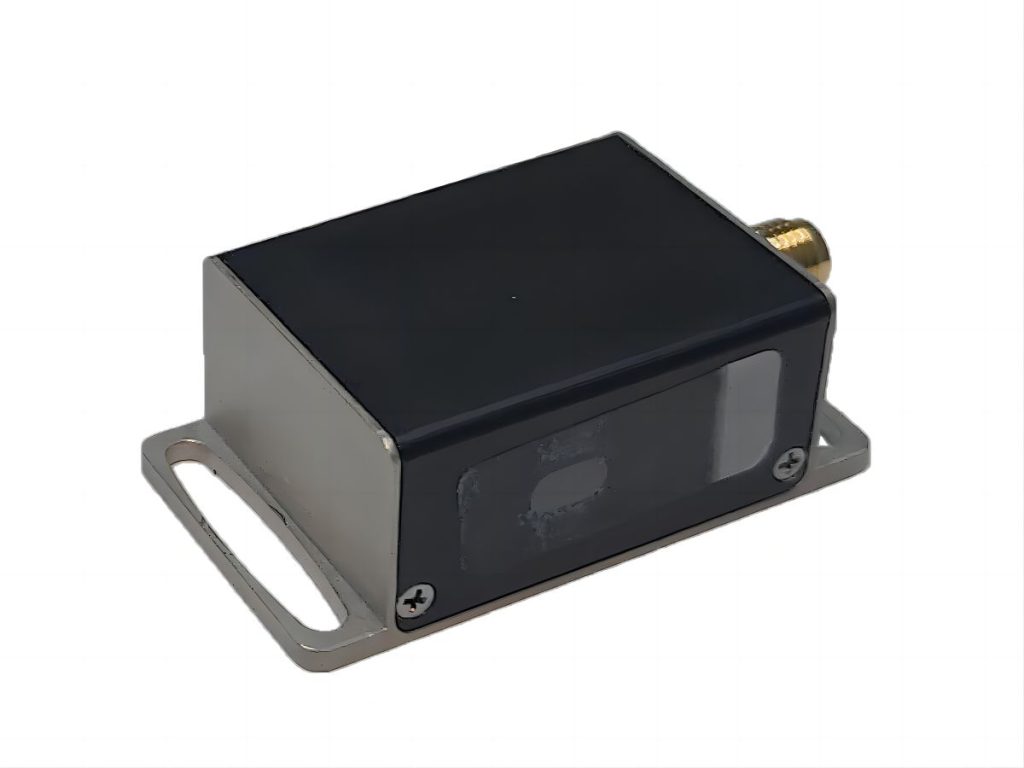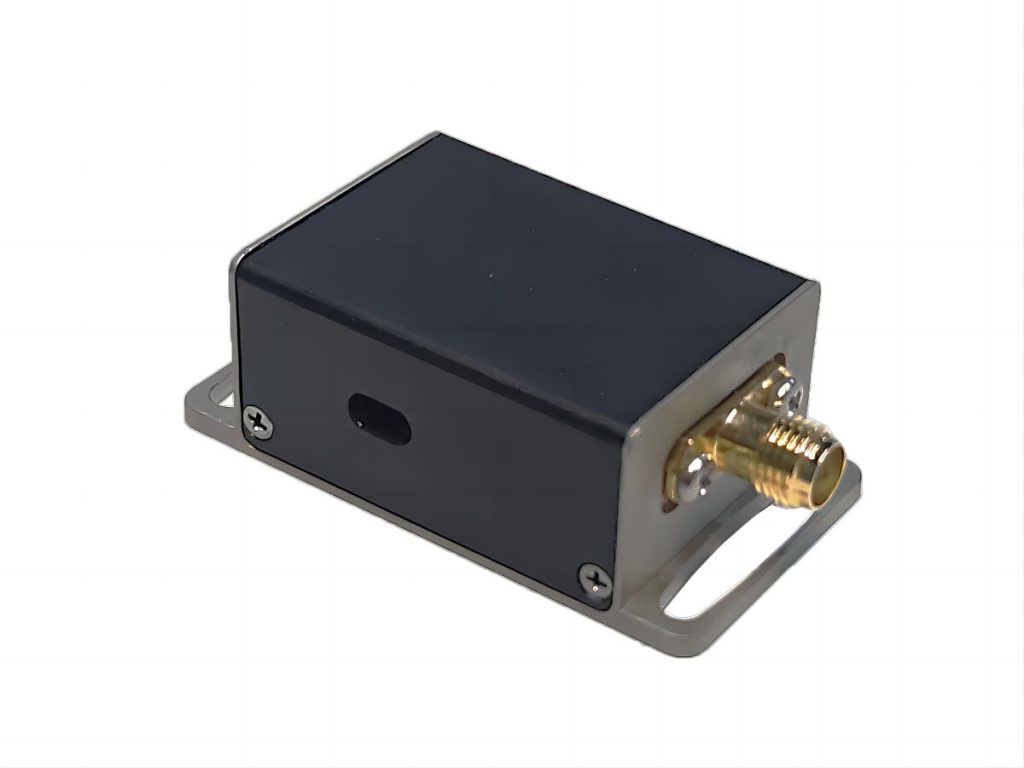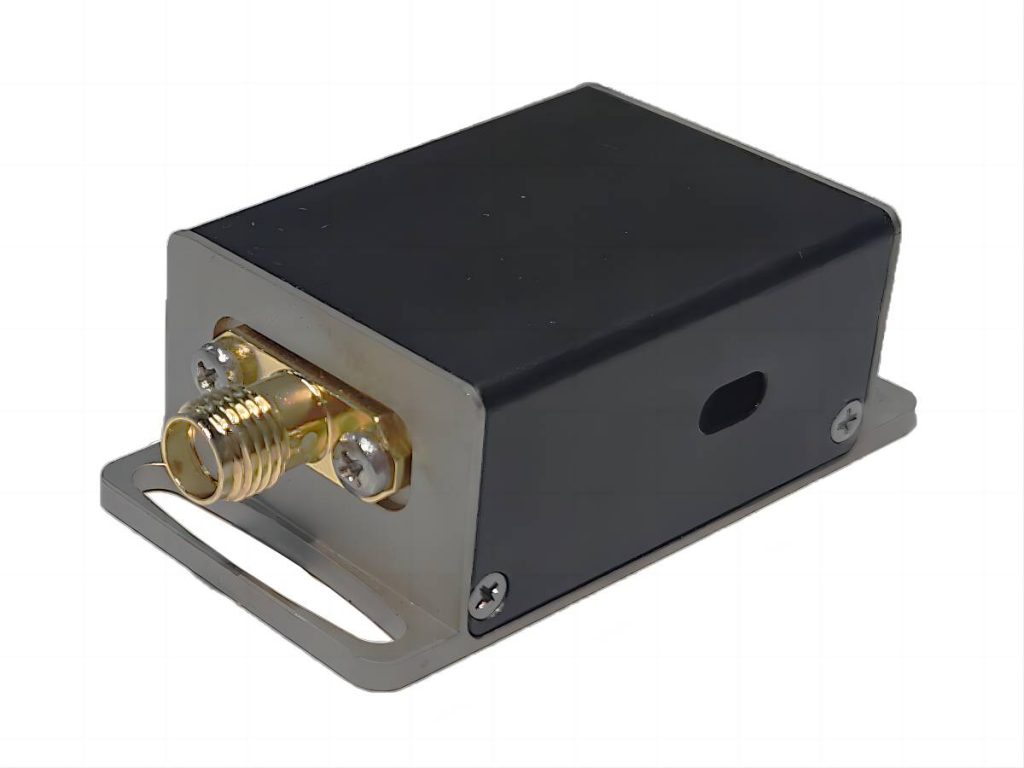
1550nm Space AOM Series
Spatial light acousto-optic modulators are used to modulate the intensity or frequency of a beam, with wavelengths ranging from the visible and infrared regions. The key parameter of the modulator is its rise/fall time, which determines the modulation speed or modulation bandwidth of the device to the beam. The product is packaged in a robust, all-metal housing that enhances the durability of the product for reliable operation in demanding environments. Innovative packaging technology further improves product reliability and temperature stability.
Characteristics of 1550nm Space AOM Series
- Fast modulation speed
- High diffraction efficiency
- High-temperature stability and reliability
- Small size
Applications of 1550nm Space AOM Series
- Lidar
- Material processing
- Laser Doppler system
- Image processing
- Cold atomic physics
Ordering Information of 1550nm Space AOM Series
This indicator is a typical optical wavelength indicator, and other wavelengths and frequencies can be selected.
| Parameter | Unit | SGT100-1550-1TA | SGT200-1550-0.2TA |
| Wavelength | nm | 1550 (Typical value) | |
| Polarization state of input light | – | arbitrarily | |
| Center frequency | MHz | 100 | 200 |
| Diffraction efficiency | % | ≥80 | ≥80 |
| Frequency shift bandwidth | MHz | 30 | 50 |
| Optical aperture | mm | 1 | 0.2 |
| Diffraction light separation angle | mrad | 36.9 | 73.8 |
| Drive power | W | ≤2 | |
| Rise time of light pulse | ns/mm | 160 | |
| Damage threshold | W/mm2 | 10 | |
| Static transmissivity | % | ≥95 | |
| Extinction ratio | – | >1000:1 | |
| RF connector | – | SMA | |
| Input impedance | Ω | 50 | |
| VSWR | – | <1.3:1 | |
| Cooling mode | – | Conduction cooling | |
| Material Science | – | Tellurium oxide | |
| Package | – | TA | |
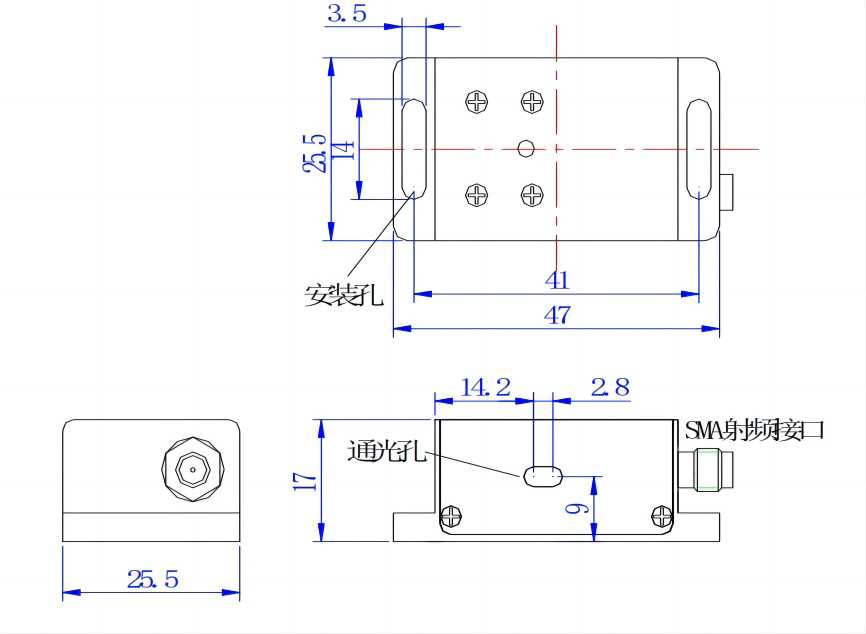
Low-power N-type Acousto Optic Driver for 1550nm Space AOM Series
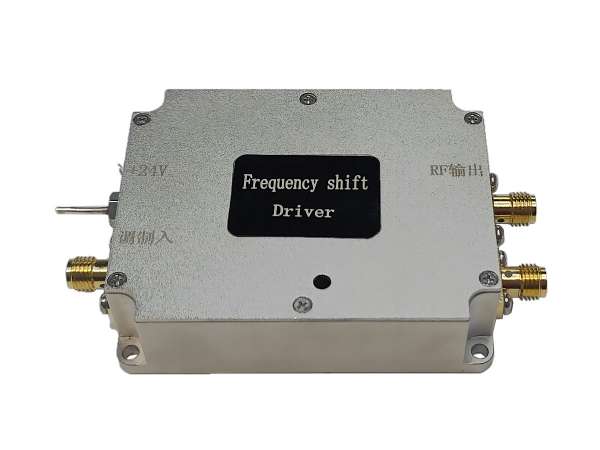
This dedicated acousto-optic driver module delivers tailored radio frequency (RF) signals for driving acousto-optic devices, including modulators and frequency shifters with drive requirements below 3 watts. Featuring precise RF generation, the module effectively excites ultrasonic waves within the device’s crystal, enabling control over the optical beam’s modulation, deflection, or tuning. Its design prioritizes efficient heat dissipation, and matched driver-device configurations further enhance temperature stability for reliable operation.
| Supporting Drive | Model SGXXXX-33-N-ab SGXXXX: Base model identifier -33: Denotes RF output power (e.g., 33 dBm) -N: Designates package type (specify available options) -X: Function code: Y: Frequency shift function T: Modulation function -A: Power supply voltage: 1: 24V 2: 12V -b: Modulation input type: D: Digital TTL modulation A: Analog modulation | ||||||
| SGT100-33-N-1D SGT100-33-N-1A1 SGT100-33-N-1A5 | SGT200-33-N-1D SGT200-33-N-1A1 SGT200-33-N-1A5 | ||||||
Performance of Low-power N-type Acousto Optic Driver on Space AOM
- Small size
- Fast response time
- Low power consumption
- High-temperature stability and reliability
| Item | Unit | Specifications of the modulation input interface | |||
| Specifications of modulation input interface | |||||
| Modulated signal input | – | Digital modulation (high level 3.3-5V; low level 0-0.2V@1k Ω) Analog modulation (A1: 0-1V@50 Ω) Analog modulation (A5: 0-5V@1k Ω) | |||
| Interface | – | SMA | |||
| RF output interface specification | |||||
| Output signal frequency | MHz | 100 | 200 | ||
| Frequency stability | ppm | 20 ( 1 Special) | |||
| Rise and fall time | ns | <25 | <10 | ||
| Output signal power | W | <2 | |||
| Switching ratio | dB | ≥60 | |||
| Harmonic suppression ratio | dBc | >25 | |||
| Signal output standing wave ratio | – | ≤1.3 | |||
| Interface | – | SMA | |||
| Complete machine specification | |||||
| Maximum power consumption | W | 10 | |||
| Working voltage | Vdc | 24±1V(Optional 12±0.5) | |||
| Power interface | – | Through core capacitance (core wire is connected to positive, solder lug is connected to negative) | |||
| Package | – | N/N2 | |||
